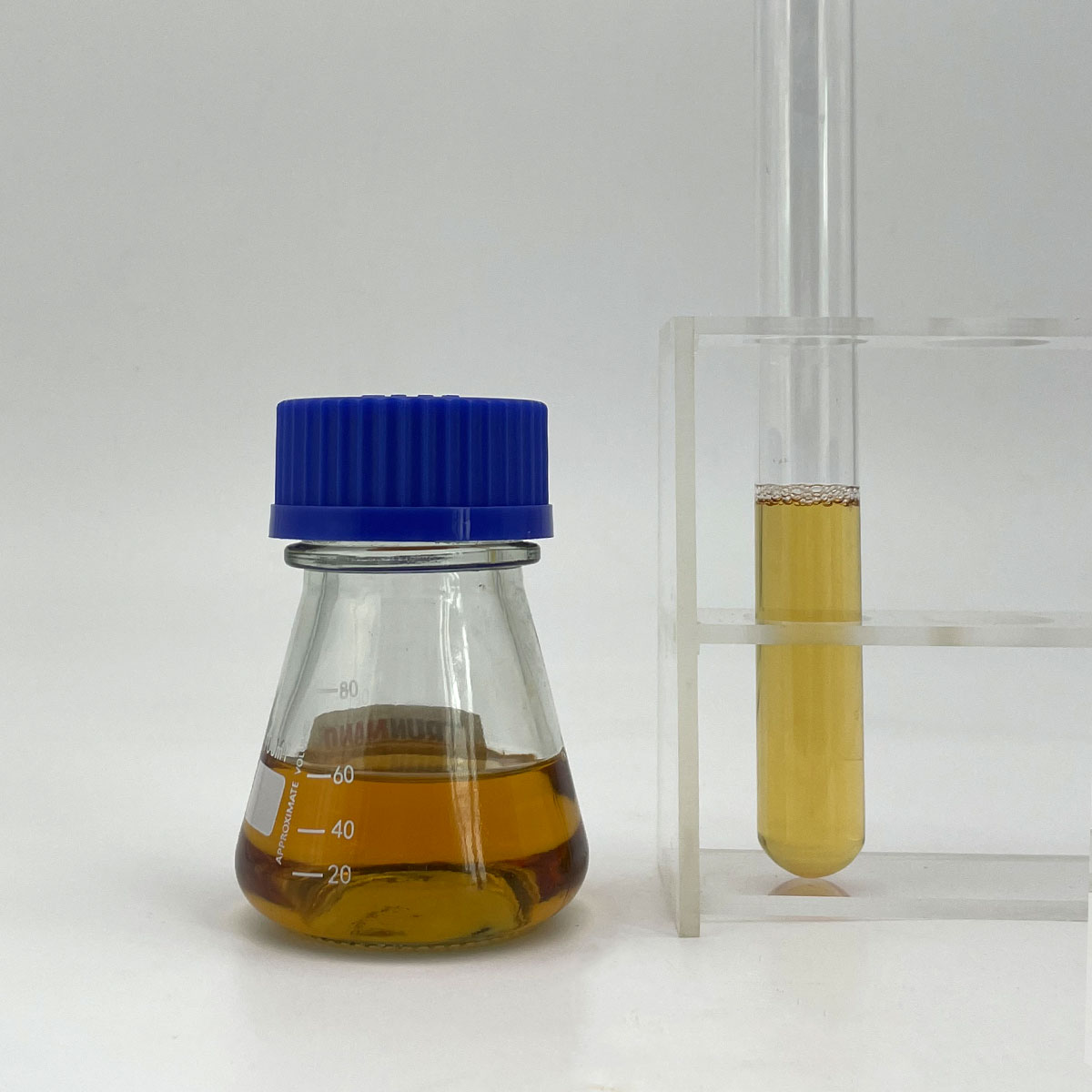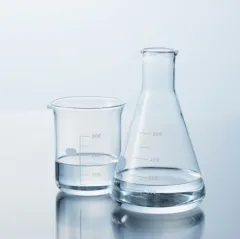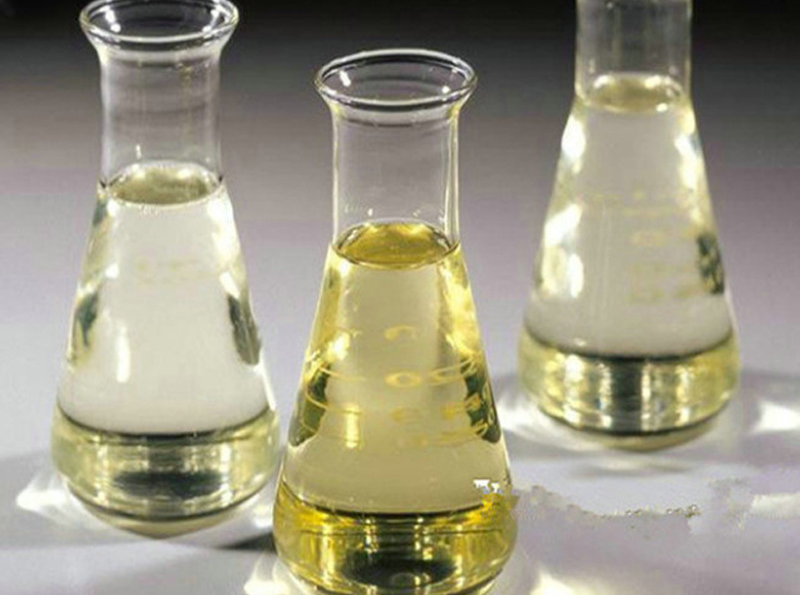Ever wonder why some shampoos pour like water while others feel thick and luxurious? Or why dish soap slips right off the sponge? The secret might lie in surfactants – those clever little molecules making things clean. But here’s a twist: Do these slippery agents actually make things thicker? Let’s dive into the soapy science.
(Do Surfactants Increase Viscosity)
Surfactants are the workhorses of cleaning. Picture a tiny molecule. One end loves water. The other end hates water and loves grease. This dual nature lets them grab onto dirt and oil, pulling them into the water so they rinse away. That’s cleaning magic. But what about viscosity? Viscosity is just how thick or runny a liquid is. Honey has high viscosity. Water has low viscosity.
So, do surfactants make things thicker? The answer isn’t simple. It depends. It depends on the surfactant itself. It depends on how much you use. It depends on what else is in the mix.
Often, surfactants actually make liquids thinner. Think about pure water. Adding a little dish soap makes it flow even easier. This happens because the surfactant molecules break up the water’s natural structure. They act like tiny lubricants between water molecules. The liquid flows faster. Viscosity decreases. This thinning effect is common at lower concentrations.
But wait, there’s another side. Sometimes surfactants do thicken things up. This happens at higher concentrations. Picture billions of surfactant molecules crowded together. Their water-hating ends want to hide. They bunch up into tiny balls called micelles. This is normal. Now, imagine some special surfactants. Their molecules have a different shape. Maybe they have two tails instead of one. Maybe the head group is bulkier. Under the right conditions, these molecules don’t form simple balls. They form long, worm-like chains or even sheets. These tangled structures act like a microscopic net inside the liquid. This net traps water molecules. It makes it much harder for the liquid to flow. The viscosity shoots up dramatically. Suddenly, your runny liquid becomes a gel.
This thickening isn’t magic. It needs the right recipe. The surfactant type is key. The concentration must be high enough. The temperature matters. Adding salt can sometimes help trigger it. This is how some liquid hand soaps or shower gels get their rich, creamy texture without adding traditional thickeners. They rely on clever surfactant blends forming these complex structures.
(Do Surfactants Increase Viscosity)
So, surfactants are shape-shifters for viscosity. Sometimes they reduce it, making things flow freely. Other times, under the right conditions, they build intricate networks that trap water and create thickness. It’s all about the molecule’s design and the environment you create. Next time you squeeze shampoo or detergent, think about the tiny architects inside, building structures that define how it feels and flows.
Inquiry us
if you want to want to know more, please feel free to contact us. (nanotrun@yahoo.com)




